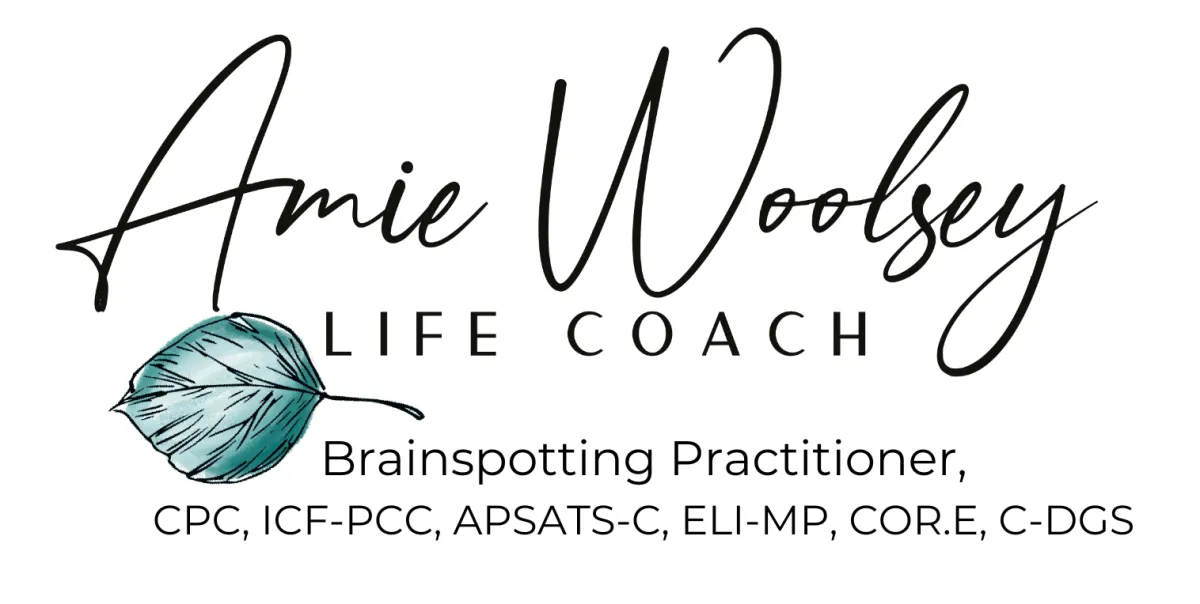
Navigating the Reality of Abuse in Betrayal Trauma: How to Heal, Accept, and Move Forward
Introduction: Is This Really Abuse?
If you've ever found yourself silently wondering, “Is this really abuse?”—you’re not alone.
For many women navigating betrayal trauma, confusion is part of the pain. When you’ve been emotionally manipulated or gaslit, it becomes difficult to trust your instincts. You may feel stuck, ashamed, or uncertain about what’s real.
Whether you’re still in the relationship or reflecting on it after leaving, understanding the truth of what happened is essential to your healing. This blog will help you recognize emotional abuse, validate your experience, and take empowered steps forward.
What Is Betrayal Trauma?

Betrayal trauma happens when someone you deeply trust—typically a spouse or intimate partner—violates that trust. It’s most often tied to:
Infidelity or hidden sexual behavior
Emotional neglect or manipulation
Repeated dishonesty and deception
What makes betrayal trauma especially difficult is how the abuse hides. There are no bruises. Instead, there are excuses, coverups, and silence. This leads you to question not just your partner—but yourself.
How Emotional Abuse Shows Up in Betrayal Trauma
Emotional abuse in relationships doesn't always look like shouting or name-calling. Often, it’s more subtle—and more dangerous. Common tactics include:
• Gaslighting
You’re made to feel “too sensitive,” dramatic, or irrational. The goal? To make you doubt your experience so your partner can avoid accountability.
• Chronic Deception
Lies, hidden behaviors, or partial truths keep you in a constant state of uncertainty.
• Emotional Neglect
Your needs, feelings, and boundaries are ignored. You're often blamed for their harmful behavior.
Over time, these patterns strip away your self-trust and create a disorienting emotional fog. Whether you’ve stayed or walked away, the damage can linger in your mind, body, and heart.
The First Step Toward Healing: Awareness and Acceptance

Healing begins when you stop minimizing what happened. Acceptance doesn’t mean approval. It means telling yourself the truth—even when it hurts.
💬 “The key to healing isn’t bypassing the abuse—it’s facing it with compassion.”
Accepting the reality of emotional abuse gives you the power to move forward, reclaim your voice, and reconnect with your sense of safety.
📋 The Relationship Assessment: Your Clarity Tool
If you're struggling to define what’s happening—or happened—in your relationship, the Relationship Assessment (created by Kimberly Day, LMFT) can help. This trauma-informed tool is designed to:
Clarify patterns of emotional abuse
Help you identify manipulative behavior
Empower you with knowledge and validation
Whether you're still in the relationship or recovering from it, this assessment provides insight and affirmation when you're too close to see things clearly.
👉 Take the Relationship Assessment Today
What You Can Do Today to Start Healing
Betrayal trauma recovery is a journey—but small steps create momentum. Here are three actionable ways to begin regaining your power and peace:
1. Set Gentle Boundaries
Start by saying no to something that doesn’t feel right. Creating emotional or physical space protects your energy and reminds you that your feelings matter. Boundaries aren’t about punishing others—they’re about honoring you.
2. Start Journaling
Write freely about your confusion, anger, grief, or relief. Putting thoughts on paper helps release internalized emotions and gives you clarity around patterns you may be overlooking.
📝 SEO keyword: journaling for betrayal trauma
3. Reconnect With Your Body
Your nervous system holds the memory of trauma. Spend a few minutes each day checking in with your body—breathe deeply, notice where tension lives, and allow space for calm to return.
You Are Not Broken—You're Becoming Whole
The road to healing from emotional abuse is rarely straight or easy—but it’s possible.
You don’t need to justify your pain. You don’t need to have it all figured out. What you need is truth, compassion, and a plan.
💬 “You are not broken. You are healing—and you don’t have to do it alone.”
Whether you're seeking clarity or ready to rebuild, I’m here to help you move forward with tools, community, and support.
💖 Additional Resources to Support You
Explore these healing programs and opportunities tailored to women overcoming betrayal trauma:
💬 FAQs: Betrayal Trauma & Emotional Abuse
Q: What’s the difference between betrayal trauma and emotional abuse?
A: Betrayal trauma stems from a deep violation of trust, while emotional abuse includes behaviors like gaslighting, lying, and neglect. They often overlap.
Q: How do I know if I’m being emotionally abused?
A: If you consistently feel confused, blamed, or invalidated—and you find yourself doubting your own reality—you may be experiencing emotional abuse.
Q: Is healing possible after years of betrayal?
A: Yes. With awareness, support, and tools like Brainspotting or trauma-informed coaching, healing is absolutely possible.
Closing Thoughts

Your journey is unique, but you don’t have to walk it alone. Let’s work together to untangle the pain, rebuild your sense of self, and move forward with confidence and peace.
👉 Take the next step:
With love and belief in your healing,
Amie Woolsey
Certified Brainspotting Practitioner, CPC, PCC, APSATS-CPC

